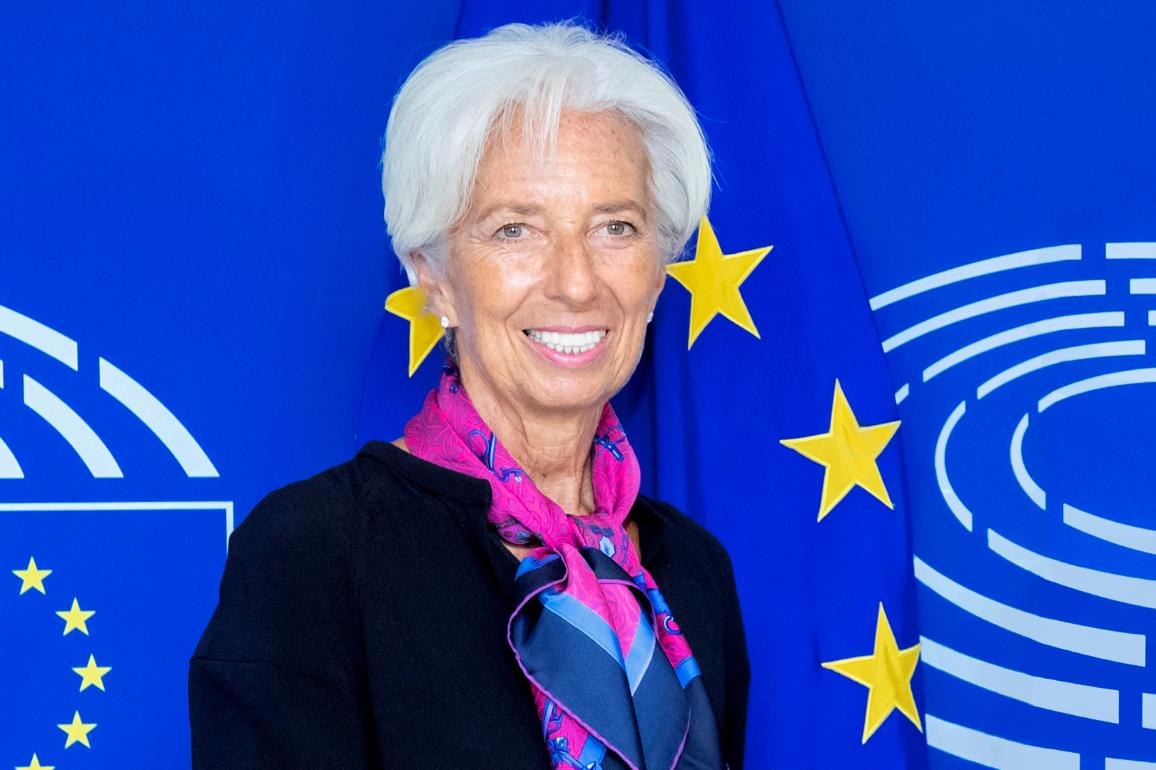Will ECB cut rates before the FED?
The big central banks in Europe – the ECB and Bank of England – will start to cut rates before the Fed. But that’s not what is being priced in by the market, according to the Standard Bank.

ECB Chairman Christine Lagarde
>> Is the inflation fight going to end?
All central bankers in G10 nations continue to say that they are not even thinking about the point at which rates can start to fall. Some, such as those in Sweden and Norway, still look as if they have not finished hiking rates yet. But this intransigence towards easier policy is not going to stop the markets from plotting the course of rate cuts. Financial markets price for the future; policymakers worry about the here and now.
As things stand at the moment the futures markets price in an above-50% probability of the Fed cutting rates from next May, The ECB is seen doing the same thing from June and the Bank of England has to wait until August in the markets eyes. Now clearly these assessments do move around. The recent low CPI print in the US, for instance, helped pull forward market expectations for the first Fed rate cut. But in the Standard Bank’s view, if the broad thrust of the market’s assessment is that the Fed will cut before the ECB and BoE, then it thinks it is wrong. And this could have a bearing on how bond markets perform going forward and currency values as well.
We find it strange that the market prices such an early Fed move when the economy is so much more robust than that we see in Europe. Of course, the markets timing of the Fed’s first rate cut could be down to expectations that this strength in the US is an illusion, or will reverse dramatically and very soon. But we would not be confident about this at all. Our view is that the Fed won’t start rate cuts until Q3 next year while lower rates from the ECB and BoE could be delivered in Q2. It is not just that Q3 GDP growth showed the US growing nearly 5% in annualised terms while the euro zone and the UK were basically flat. It is that there are many other measures that suggest the US is way out ahead of its European peers.
For instance, we looked just recently at the strength of the household sector in the US as reflected in the robustness of household financial assets. This stands in marked contrast to the position for households in the UK and US. If we take the start of the pandemic (Q1 2020) as our reference point, household financial assets in the euro zone have risen by just over 15% which is not too bad, but far short of the 35% surge we’ve seen in the US. The UK has been the laggard by some considerable distance with household financial assets 5% lower than their Q1 2020 level.
>> Fed is expected to start the easing cycle
In our view it is just this sort of data that suggests relative robustness in the US economy will continue even though GDP growth will presumably fall from the near 5% pace seen in Q3. It leaves us feeling that, if there is a risk to our call for the Fed to start cutting rates in Q3 next year, it is that the Fed will wait a bit longer, and we can’t say the same thing about the risks facing the ECB and BoE.
A key question is whether this sort of outlook imperils the euro and the pound against the dollar? In other words, what is going to dominant; a potential widening of rate differentials between the US and Europe, which could lift the dollar? Or dollar weakness created by ‘risk-on’ global market sentiment from expectations of Fed rate cuts, whether or not they happen before European central banks? In our view it is the latter. It is not important that the Fed leads the global easing cycle; only that it participates.
With this in mind, the chances of a dollar rally would seem to lie in a scenario of the US economy proving so robust and inflation so incalcitrant that the Fed simply can’t entertain the idea of any rate cuts next year. It is not the scenario that we envisage but it is very possible, not least because of the robustness of household finances we talked about earlier. This is one reason why we are not getting carried away about the prospect of a much weaker dollar right now, even if we do envisage such a trend in the long haul.








